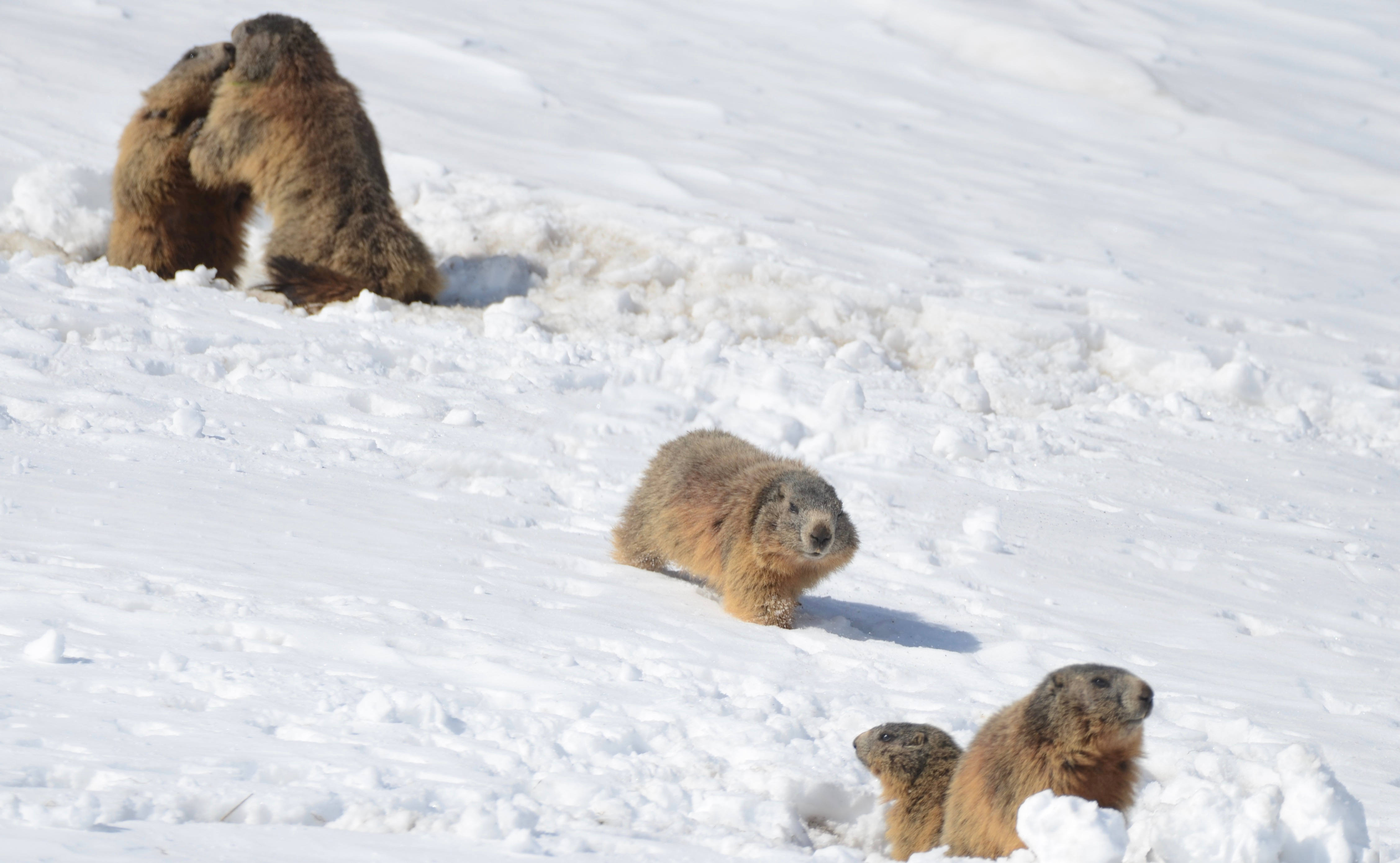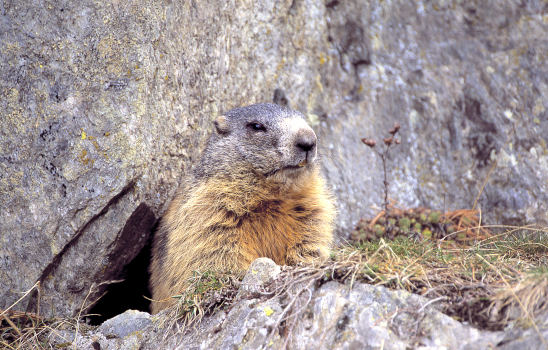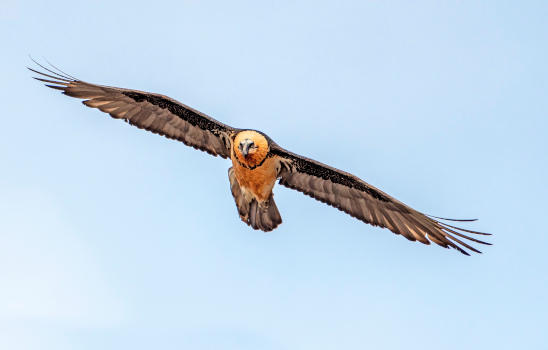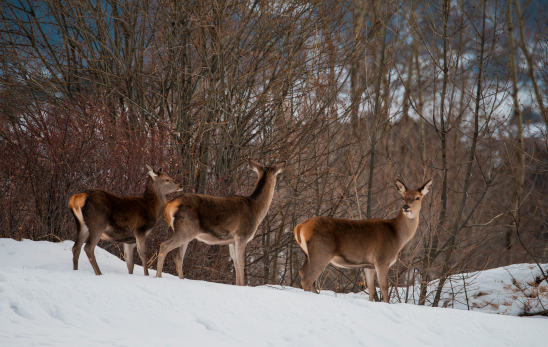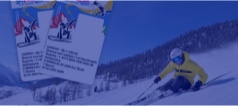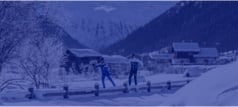With the arrival of winter, many bird species descend to lower altitudes or migrate to areas with milder climates where more food can be found.
Several mammals, such as bears and bats, greatly reduce their respiration and heart rate, entering a state of "light sleep," called hibernation; species such as hedgehogs, dormice, gnats and groundhogs fall into a full-blown hibernation instead.
And then there are the animals that stay outside in the mountains.
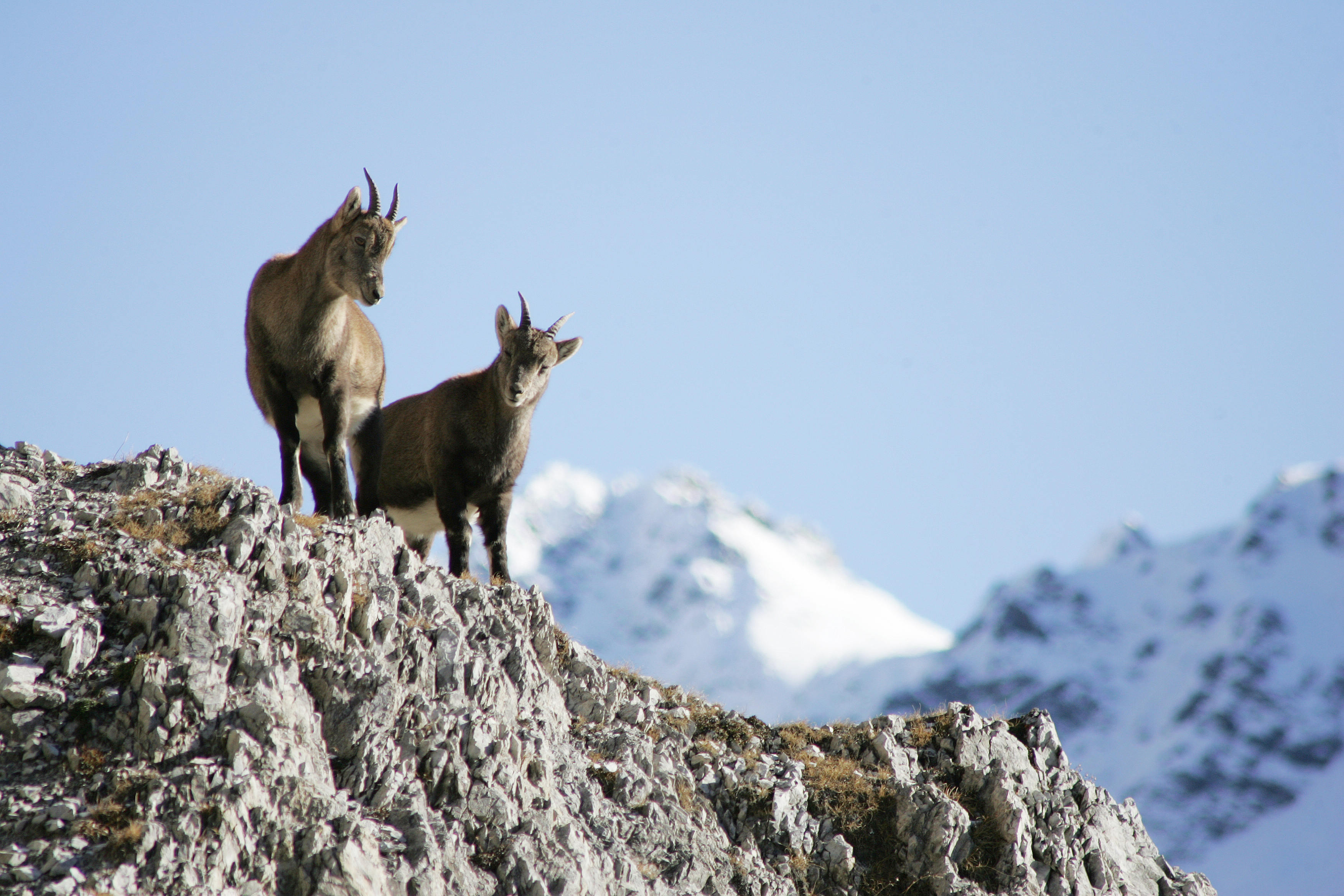
ANIMALS IN WINTER
ALTITUDE ADAPTATION
Animals that live outside in winter have, over the course of evolution, modified vital organismal and structural body functions, but also special behaviors to protect themselves from the cold. Especially at higher altitudes, organizing and defeating the cold temperatures and snow for a period of almost 6 months requires a lot of ingenuity.
Each species has developed its own adaptation; The fur of mammals becomes thicker, as does the layer of subcutaneous fat, which will be used as protection from the cold and energy reserve. Birds puff up their feathers to trap air in them and thus remain more insulated from the cold (Tetraonidae: ptarmigan, black grouse and francolin). Even on their nostrils grow threadlike feathers, which warm the air as they breathe; their legs are covered with thick down, and their fingers have "combs" on the sides to keep them from caving in and making it easier to dig in fresh snow. In fact, for example, black grouse and ptarmigan take advantage of the insulating power of snow, digging their own tunnels where they can maintain insulation and reduce heat loss as much as possible.
Of all of them, the most "visible" adaptation is that of coat or plumage mutation from one season to the next (what reduces predation risks as well), usually from the brown of summer to the almost total white of winter (white hare, ermine and ptarmigan). Fur coloration in chamois, on the other hand, becomes darker in order to increase absorption of solar radiation. In short, mountain animals in winter sleep a lot, live off reserves and move only to look for food.
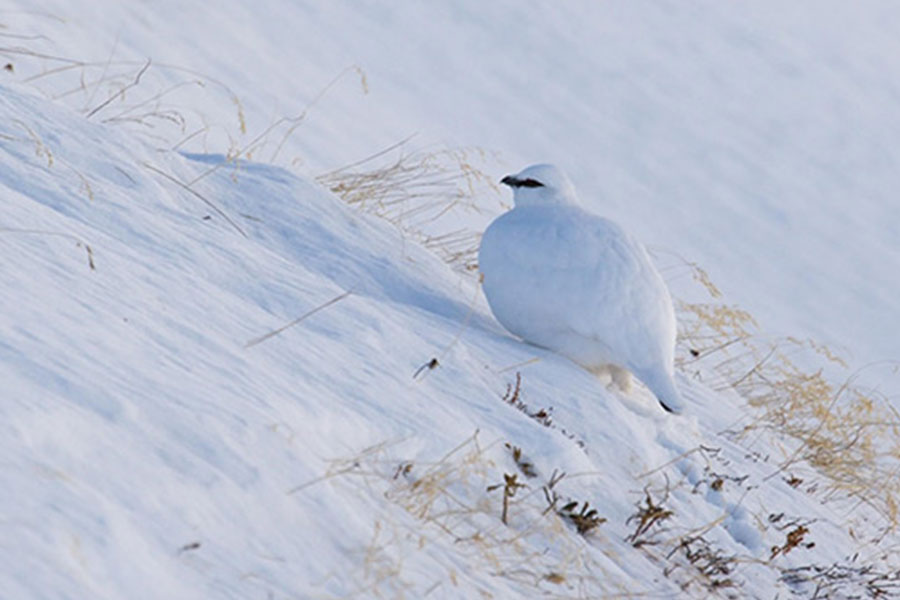
MAN AND SENSITIVE SPECIES
In recent years, sports and leisure activities have increased greatly, from classic cross-country and downhill skiing, to snowshoeing, to off-piste skiing, ice climbing, etc.
The presence of humans whose activities are erratic is critical for mountain animals because they cannot adapt to it: for example, they may become accustomed to a ski slope, avoiding the area; conversely, the freerider seeking pristine areas might pass through an area where animals have taken refuge.
The species most susceptible to this type of disturbance are mountain galliformes (Black Grouse, Ptarmigan, Hazel Grouse, Rock Partridge), which also have to defend themselves from various predators, but ungulates (Roe, Deer and Chamois) and the White Hare are also affected.
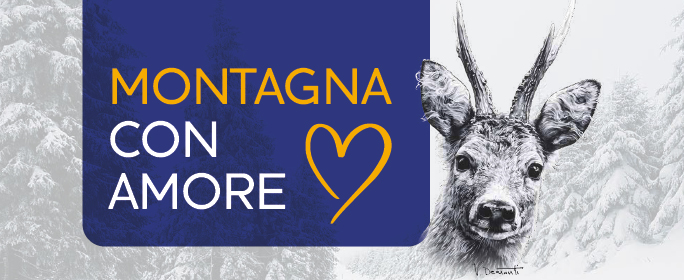
RESPECT FOR PROTECTED AREAS
The areas of highest presence of mountain animals (most important and delicate portions of the territory), are reported almost everywhere in Europe and provide rules that it is essential to follow to protect their inhabitants and carry out sports activities.
-Always keep dogs on a leash and clean up where the dog has soiled using the appropriate bags.
-Preferably walk on "managed trails."
-Avoid activities during twilight and night hours.
-In case of an animal sighting, keep your distance and avoid sudden noises and movements.
-Respect the environment
THE AREAS
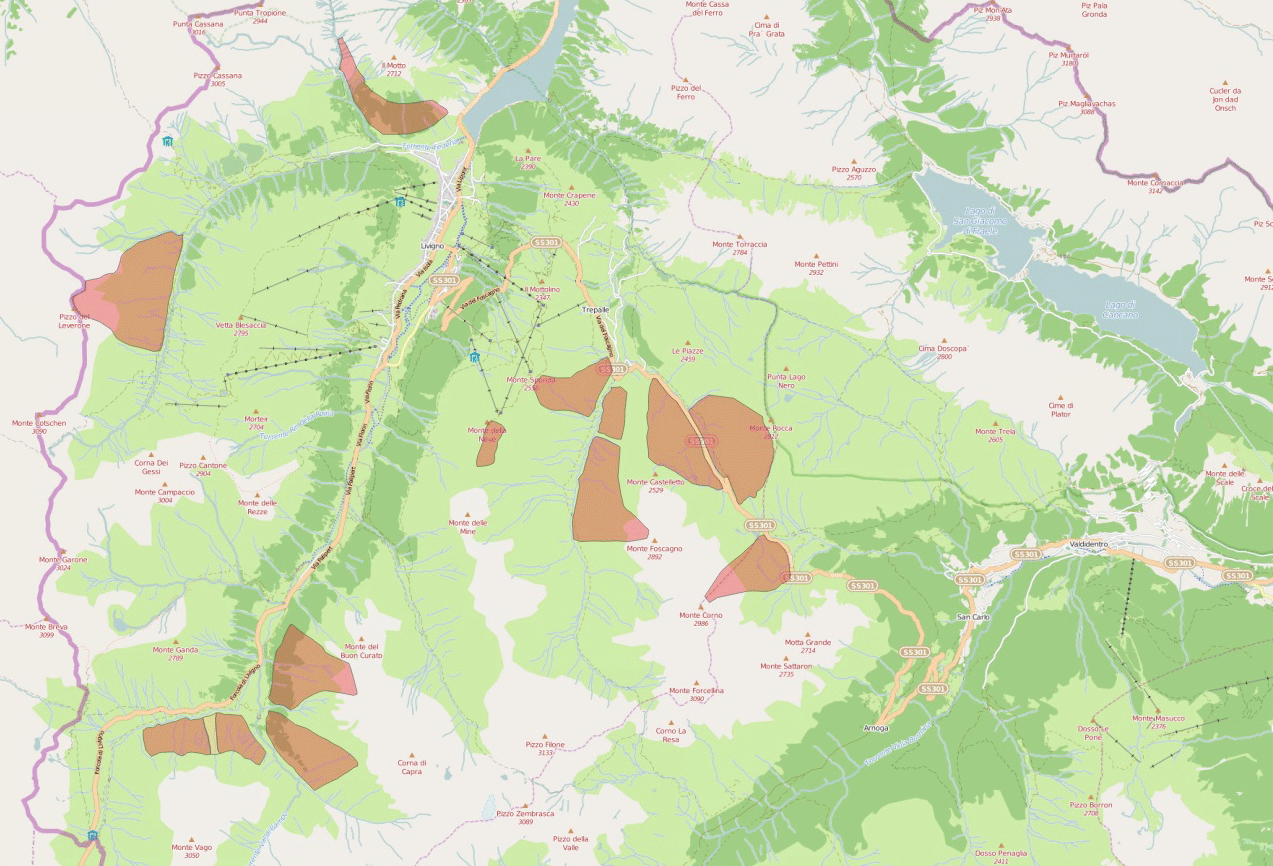
PHOTO GALLERY

